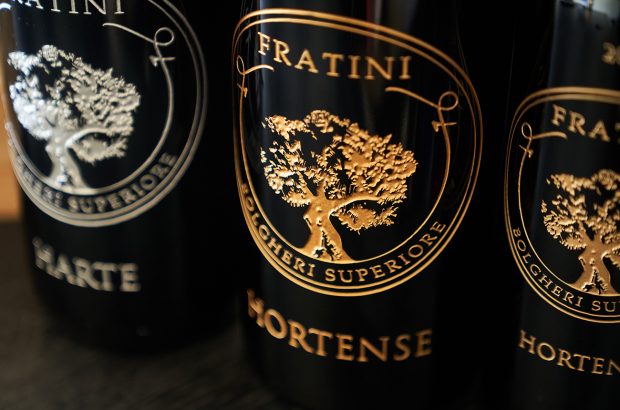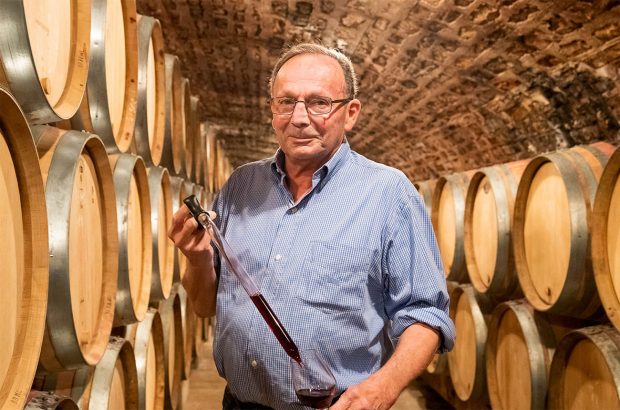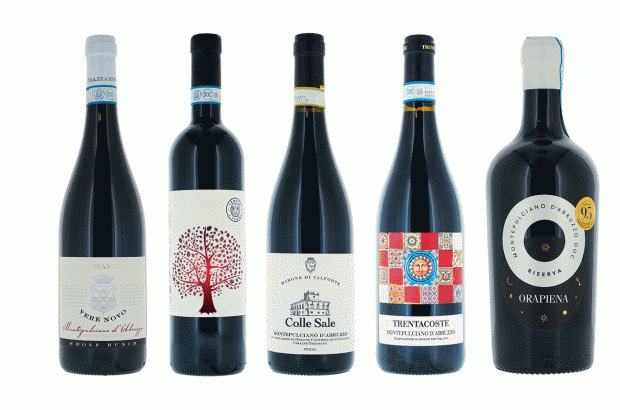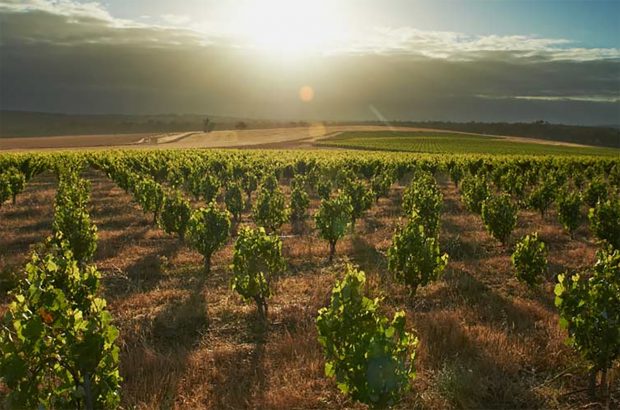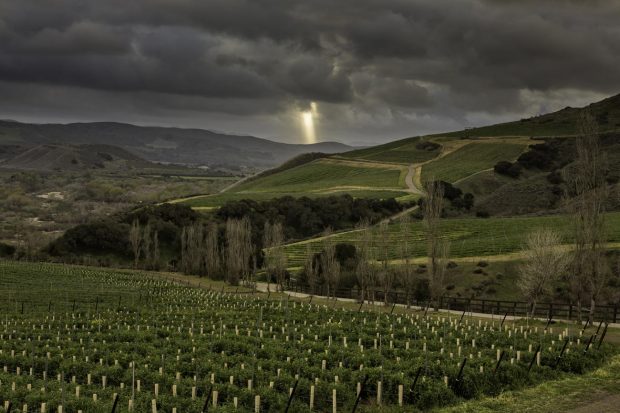The release each May of the year’s new en rama Sherries has become an annual indulgence for Sherry lovers, as it provokes a restrained frenzy of activity to track the bottlings down. Yet this is one of the most misunderstood categories of wine.
‘En rama’ means ‘from the branch’, as in ‘the fruit picked from the tree’. As a result, ‘people say it’s completely unfiltered and unfined’, says Natasha Hughes MW, who wrote her Master of Wine dissertation on en rama in 2014. ‘But they don’t stop to wonder if that’s the case, why are there no cobwebs or dead yeasts in the bottles?’
All the same, en rama fits perfectly with our contemporary desires for artisanship and low intervention. No wonder some marketeers like to use the slogan ‘Real Sherry’ to describe the style. These wines are a reminder of how fino and manzanilla used to be.
Looking back
Eduardo Ojeda, technical director at Grupo Estévez, dates the beginning of the modern era of en rama to the 1970s, when the practice of clarifying became common. The 1980s saw the introduction of more aggressive clarifications to make the wine much paler. ‘Consumers fled from the roundness of the finos, which were typically older than manzanillas and bottled with higher alcohols.’
Ojeda explains that the striking conversion of these expressive wines into watery, pale versions was started by Rumasa, the once-powerful holding company that had interests across Spain and particularly in Sherry. ‘Rumasa introduced a younger fino, very pale in colour and at 15% [the minimum alcohol level permitted],’ he says. ‘Manzanillas followed, and almost all of the rest of the more commercial finos joined in. They were all made in this younger style and bottled at 15%.’
These light, refreshing wines went on to become the textbook styles that students learned about in wine classes. Ojeda is a partner in Sherry specialist Equipo Navazos, which came early to the practice of bottling from the butt. The recognised pioneer in en rama, however, was ‘Toto’ Barbadillo, the late, famed head of Barbadillo in Sanlúcar de Barrameda. He decided to launch en rama wines, says Tim Holt, Barbadillo’s area director for the UK and Asia-Pacific, ‘in a reaction against the carbon-filtered manzanillas – he wanted to offer something more authentic’. Barbadillo’s half-bottles, with their elegant bird labels, continue to this day.
En rama’s most recent incarnation owes much to The Wine Society in the UK, and its former Sherry buyer Toby Morrhall. He had the inspired idea 10 years ago to introduce en rama to his list and worked with González Byass and its Tío Pepe Fino solera to do so. En rama quickly created a market in the UK and has spread internationally.
Drink now or keep?
Nevertheless, en ramas have suffered from negative publicity: I used to be told repeatedly by the wine trade that en rama must be drunk on purchase as it would rapidly spoil. In fact, whether to drink or keep is a personal choice. Ojeda says: ‘Not all en rama wines necessarily improve, although the best wines age really well and last many years.’
I agree. At a 10-year tasting of all the Tío Pepe releases, I found some older wines had aged beautifully. Tío Pepe winemaker Antonio Flores makes his saca (the withdrawal from the cask, or butt) in April when the flor – the layer of yeasts protecting the wine from oxygen and giving the wine its characteristics – is at its most abundant. Before bottling, it goes into a stainless-steel tank for a week to settle. There’s no clarifying or filtering, only a metal mesh to collect the larger matter.
See also: Top 10 Spanish whites for your cellar
While the ‘regular’ Tío Pepe is a blend of many butts to create a consistent style, the en rama is a selection of specific butts – this is why each year’s release can differ from the last.
In his selection, Flores looks for the vineyard character with its albariza soil: tiza (chalkiness); agarre, or persistent grip; and sapidez (saline intensity). He also wants flor character: pungency, almonds, baked bread, citric notes, and a brisk, creamy palate.
Unexpected flavour
According to Flores, there are more than 300 volatile components that come from the soil, grape and ageing. Cold stabilisation and sterile filtering remove yeasts, proteins, flavones, acetaldehyde, ketones, terpenes and more. It may sound like a chemical textbook, but this is what makes these styles of wines memorable.
‘The flavour is unexpected because it’s rounder and definitely has more body’ – Eduardo Ojeda (pictured above)
Since it comes from the butt, I suppose en rama is fresher? Ojeda disagrees: ‘Most consumers would say that the “regular” bottling is fresher. After all, the en rama has a deeper colour, and colour has a strong influence on perception. Also, the flavour is unexpected because it’s rounder and definitely has more body.’
For all their fame among Sherry lovers, en rama wines are bottled in tiny quantities and are remarkably discreet. Many don’t declare their category at all. Remember, too, that it’s not just fino and manzanilla Sherries that can be bottled en rama. Take the Williams &Humbert vintage range. The fino, amontillado, oloroso and palo cortado are all en rama, as well as the 20- and 30-year-old VOS and VORS bottlings. ‘When I select for en rama, I’m looking for something that moves me, which provokes feelings,’ says Williams & Humbert head winemaker Paula Medina. ‘The job is to capture those feelings and bottle them so that the consumer can enjoy the wine.’
No wonder that one of Hughes’ conclusions back in 2014 was that we urgently need a clear definition of en rama. Six years on, there is none. The latest news from Sherry’s Consejo Regulador is that they are working on it, and it will be included in the next regulations.







